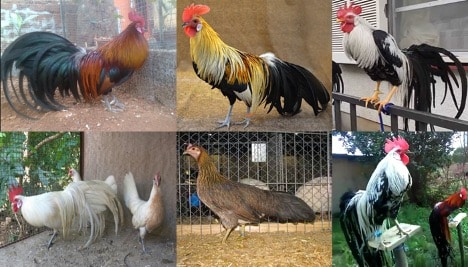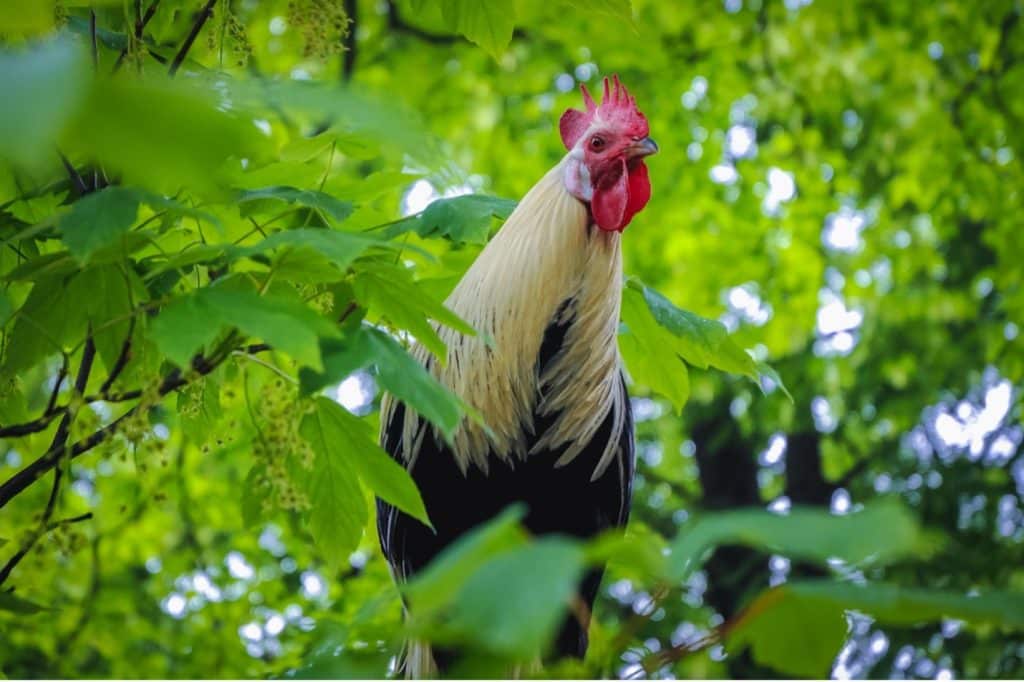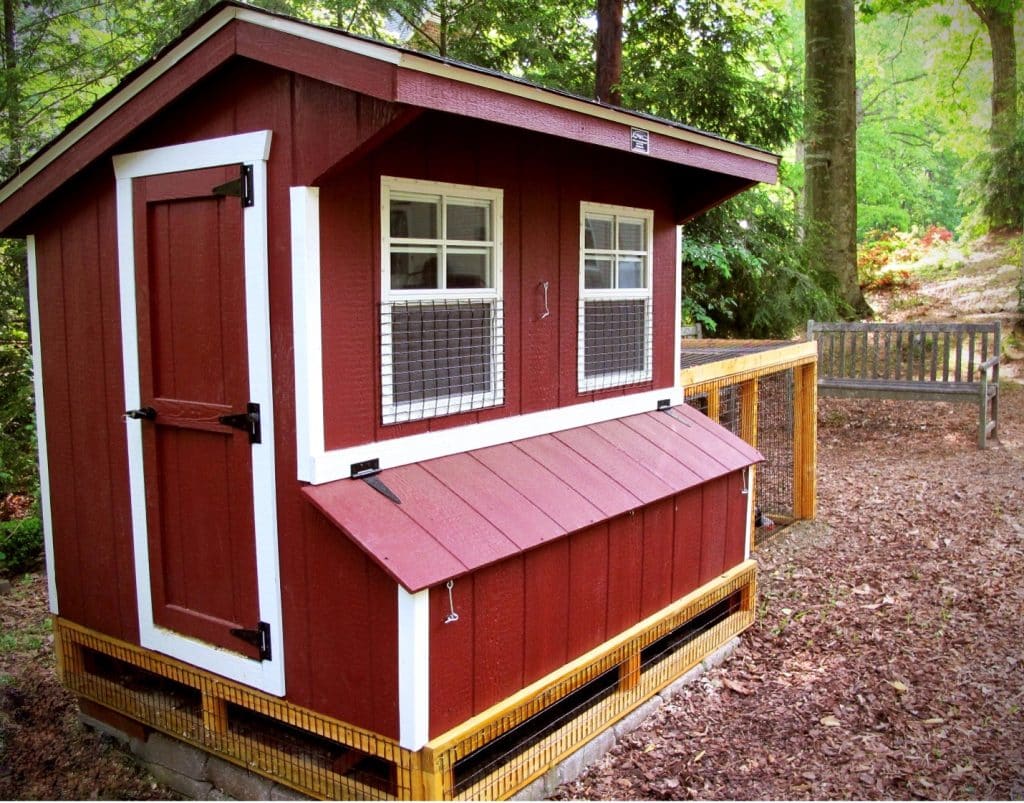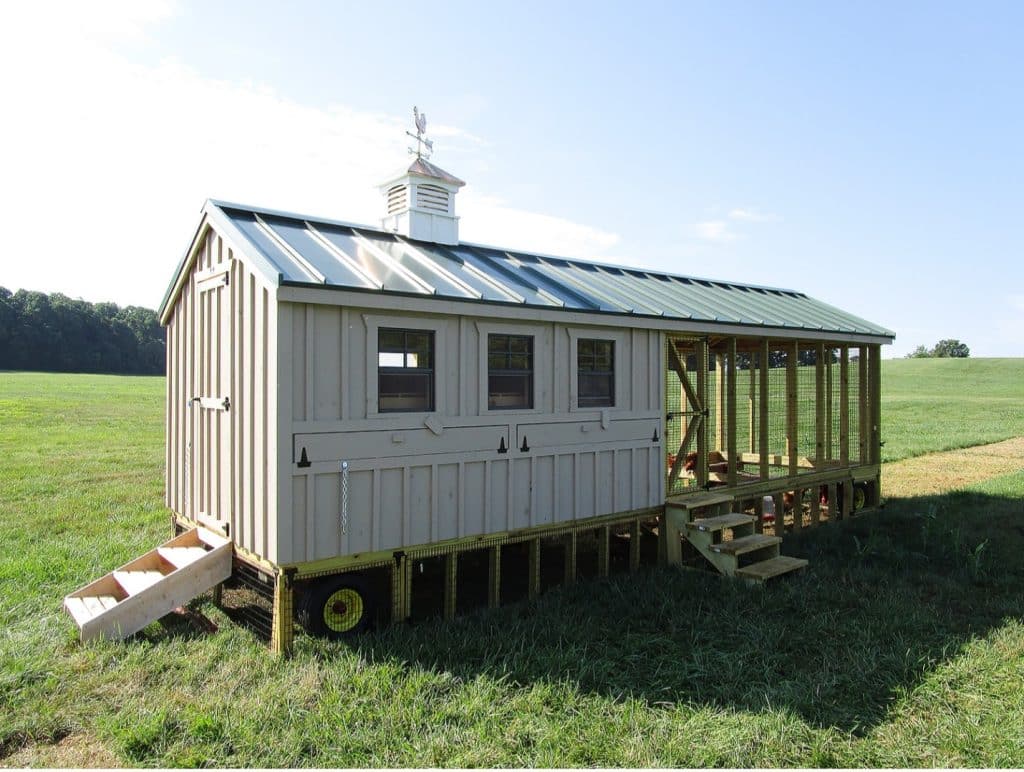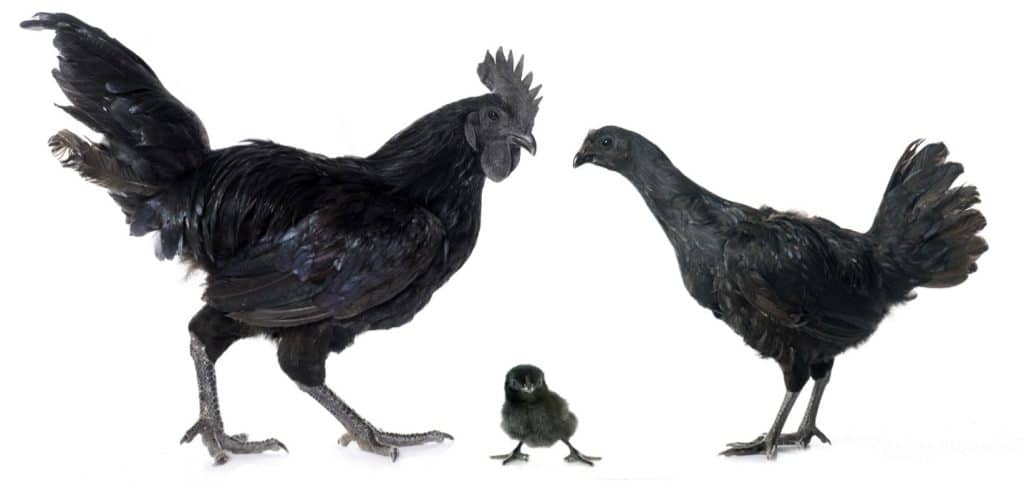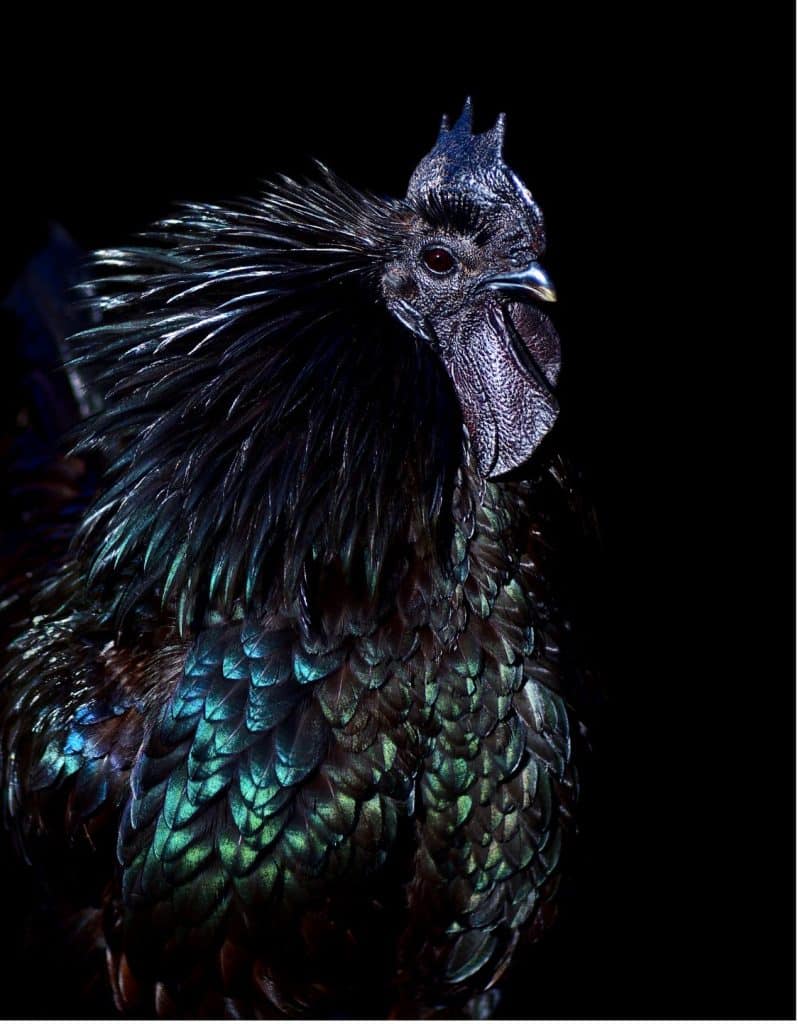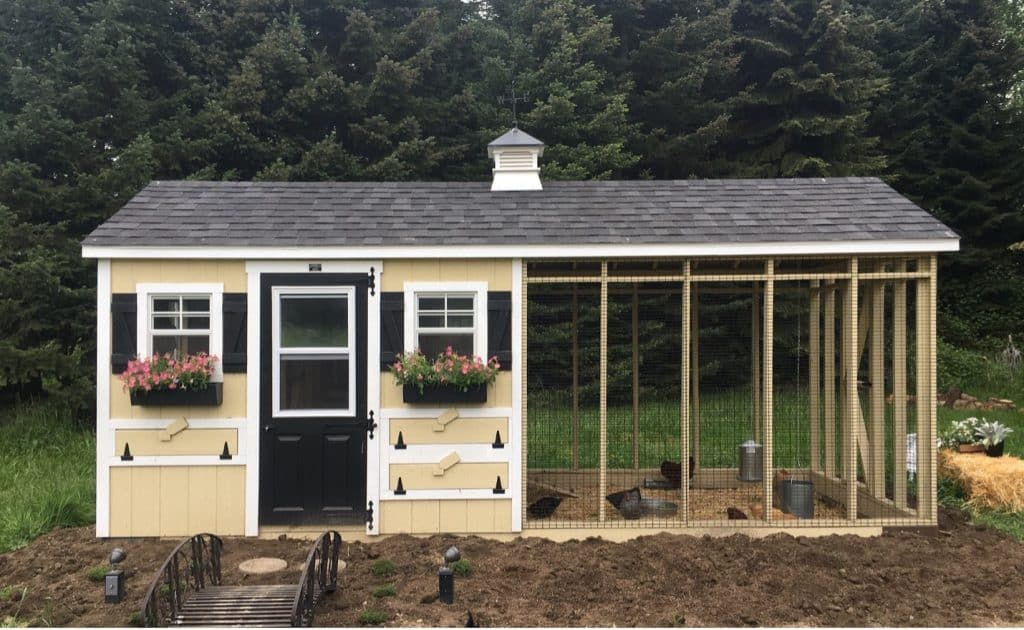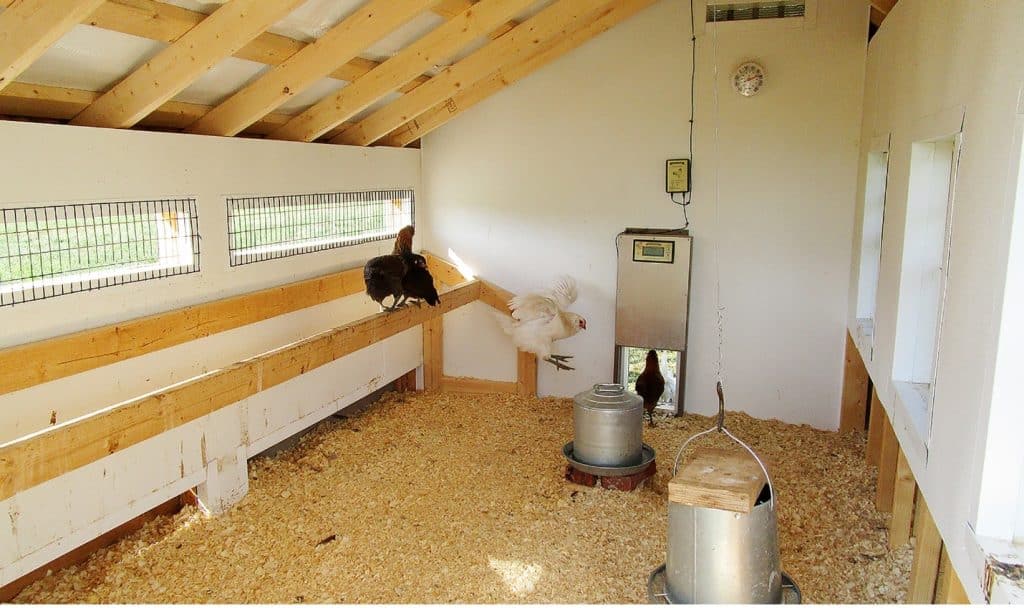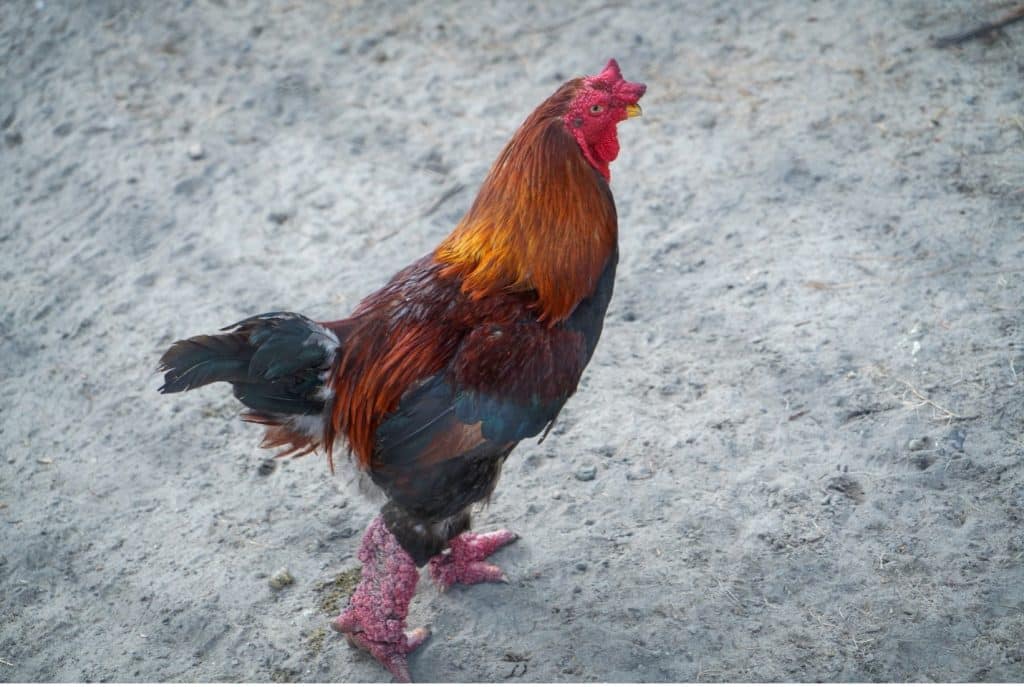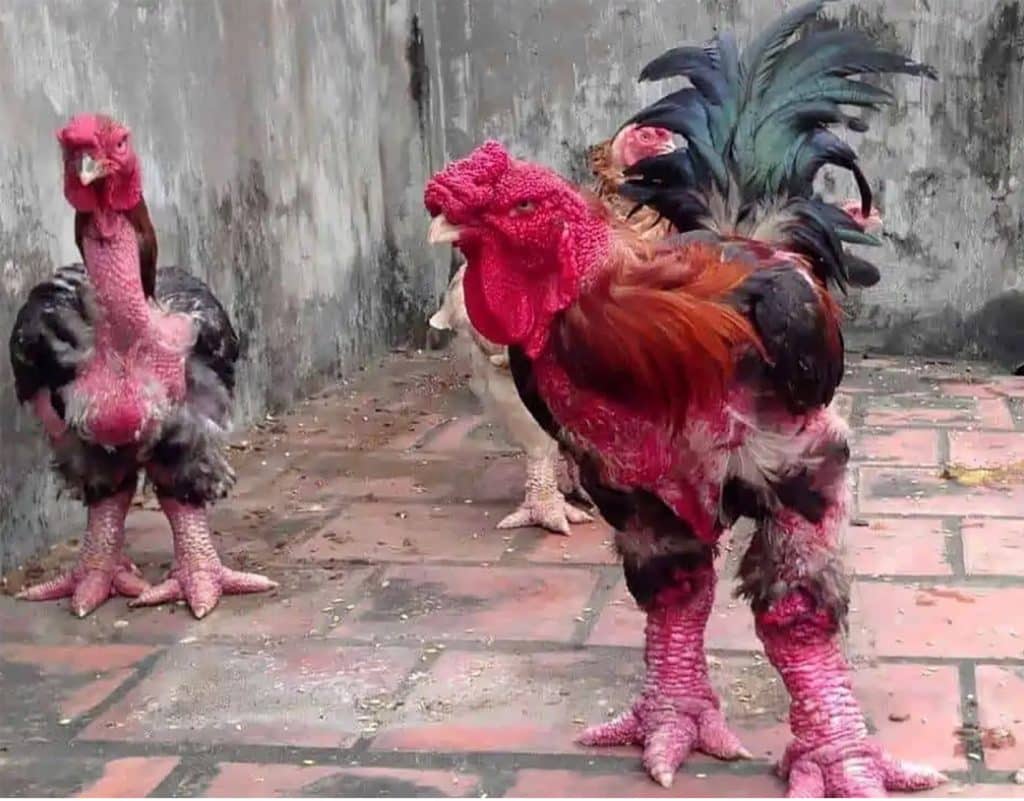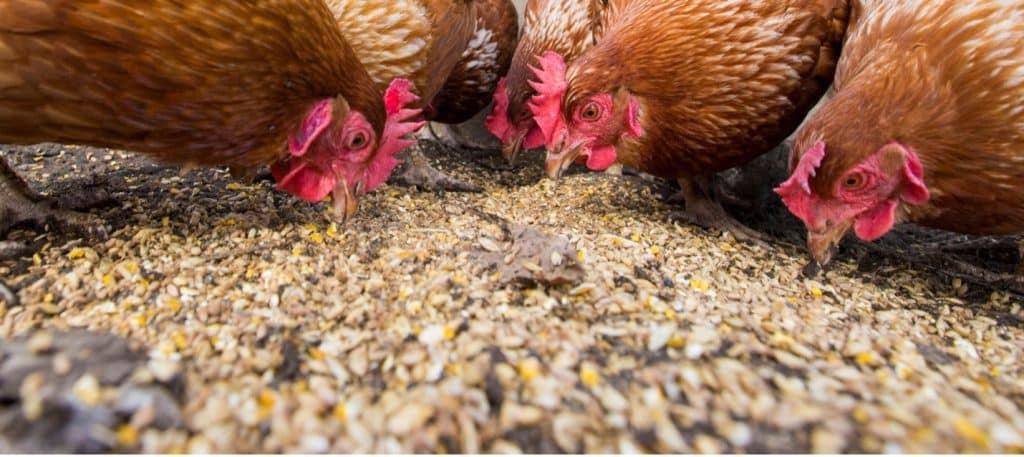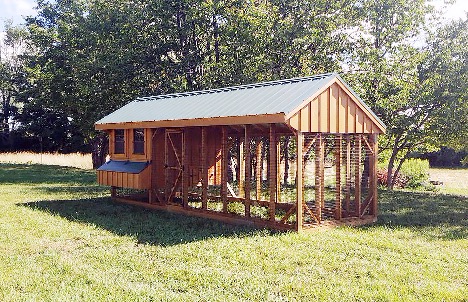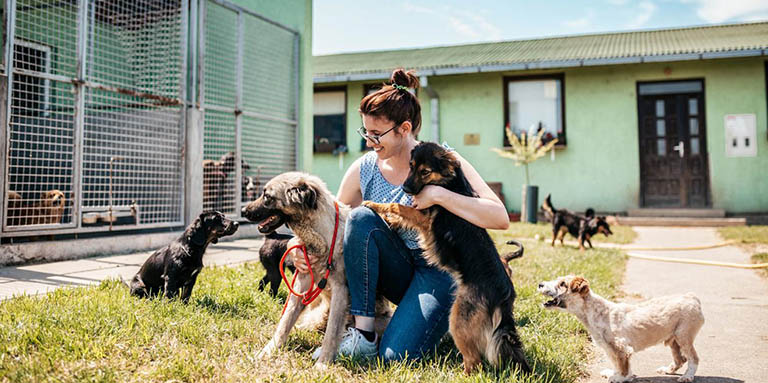Horizon Structures Presents Rare Chicken Breed Care Guide Series…
Want to have a show-stopping flock? Consider the Onagadori! The Onagadori chicken is a type of breed native to Japan that’s active and curious, with a medium body and gorgeous, long tail feathers. Despite its intelligence and docile nature, Onagadori is one of the rarest birds to find as it’s considered critically endangered.
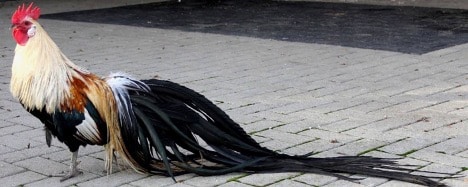
Before buying or adopting an Onagadori, ensure you are aware of its care requirements. Here are some tips to keep your chicken happy and healthy:
Onagadori Overview
Onagadori translates to “honorable fowl” in Japanese, with good reason! This breed is historically from the Nayoga province of Japan, with records of their species going as far back as the Edo period (1603 – 1867). Due to their unique appearance and luxurious plumage, they were particularly popular with wealthy landowners and were even pets of samurai!
Despite their popularity, the breed is quite rare now due to nearly going extinct a few years into the Meiji era (1868 – 1912) and, consequently, are an expensive bird to get since few breeders exist outside of Japan.
Japanese Onagadori hens are fiercely maternal and will defend against any perceived threat to their chicks, sometimes to the death, so they require considerable efforts to ensure they’re protected from predators.
This breed is highly intelligent and has shown incredible memory retention! They pick up commands quickly and are very docile; some owners even keep them as indoor pets! Despite their plumage, they’re relatively easy to care for and hardy birds that are great for families with small children.
This breed lives an average of 10 – 15 years and will lay approximately 25 eggs yearly, so it shouldn’t be raised for egg production.
Photo credit: https://domesticanimalbreeds.com
Onagadori Appearance
Onagadori chickens are known for their long colorful plumage, and their appearance is often compared to that of a peacock. The colors and patterns on their feathers can vary greatly, depending on the breed. Some common colors include blue, green, black, brown, and white.
What sets them apart from other ornamental breeds is their long, sweeping plume of tail feathers that will typically average 2 meters (~6ft) in length.
Onagadori is fairly small in size, with hens weighing an average of 3lbs and males 5lbs.
Onagadori Temperament
Onagadori are active and curious birds. They love to play and will constantly be exploring their surroundings. They’re extremely intelligent and have been used in animal cognition tests for years.
One important thing to keep in mind is that Onagadori are docile and not broody but have very high maternal instincts and are extremely protective of their eggs and chicks. If you have young children around, it’s essential you teach them how to navigate caring for the birds while they’re near hatchlings.
Onagadori Care
Japanese Onagadori birds are considered a small-to-medium breed that’s active, curious, and loves to explore. They’re heat-tolerant birds that don’t do well in colder climates, so it’s best to raise them in warmer areas or as inside pets.
Regarding feeding, the Onagadori requires a diet high in protein, or they’ll become lethargic and withdrawn. Care should be taken to ensure their tail feathers are kept clean and free of mites or lice. Some breeders will use light silk ribbons to tie the feathers, though this isn’t a permanent solution.
Onagadori Coop Needs
Coop Size
The rule of thumb is a minimum of 4 sq ft per bird, but Onagadori have the extra complication of their long tail feathers. Some keepers opt to have this breed as an indoor pet where it’s easier to keep them out of dust and mud. However, they still require the typical things of all breeds: nest boxes, perches, and areas to run around, so we recommend a spacious coop that can accommodate this ornamental chicken breed.
Egg Laying
These hens are not typically prolific egg layers, producing an average of 50 eggs per year, and aren’t particularly broody (meaning they don’t like to sit on their eggs to incubate them), so you won’t need many nest boxes to accommodate your flock. A six-nest box coop (like our Quaker model) is a good option for a small flock.
Temperature
Since Onagadori aren’t great at handling cold weather, considerations will need to be taken to ensure they’re warm and cozy in their coop. Adding an electrical kit with a heated roost are fantastic options that will keep your flock happy.
Amenities
The biggest consideration is how to keep their tail feathers clean. Many breeders prefer to build coops with high perches so their feathers can hang freely without getting soiled.
Another important consideration is their recreation area. These birds are intelligent problem solvers that need plenty of space to forage and play. Some breeders even offer a “petting zoo” with a variety of enrichment items such as branches, rocks, and twigs. If you’re just getting started keeping chickens and want to go a traditional route for ease, we recommend a coop with an attached, fenced-off run areas, such as our Combination or Tractor models.
Conclusion
Staring your own Onagadori flock is a fun and exciting project that will give you years of enjoyment, as these beautiful birds make great pets. However, they require careful attention to their needs to maintain a healthy environment. Luckily, we’re here to help! Contact us to learn how we can create a perfect coop for your new flock that ensures your Onagadori are happy and well-kept for years to come.
More rare breed chickens…
The Ayam Cemani
The Dong Tao


